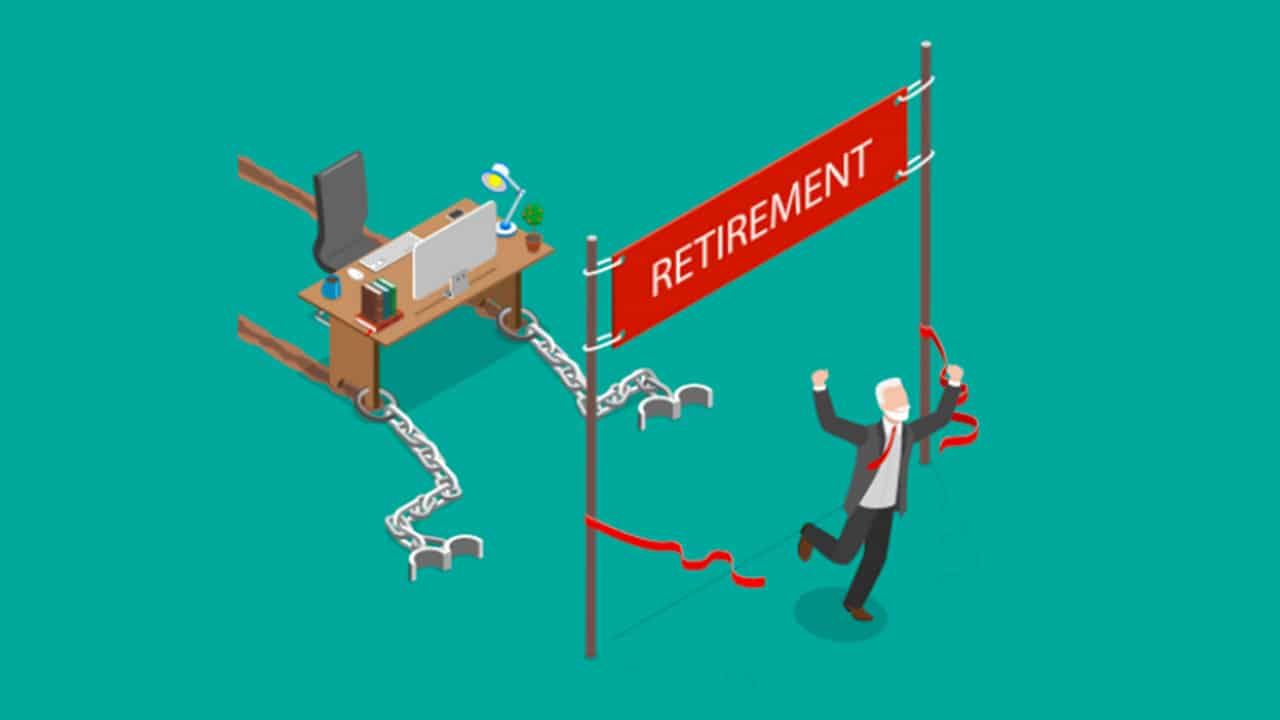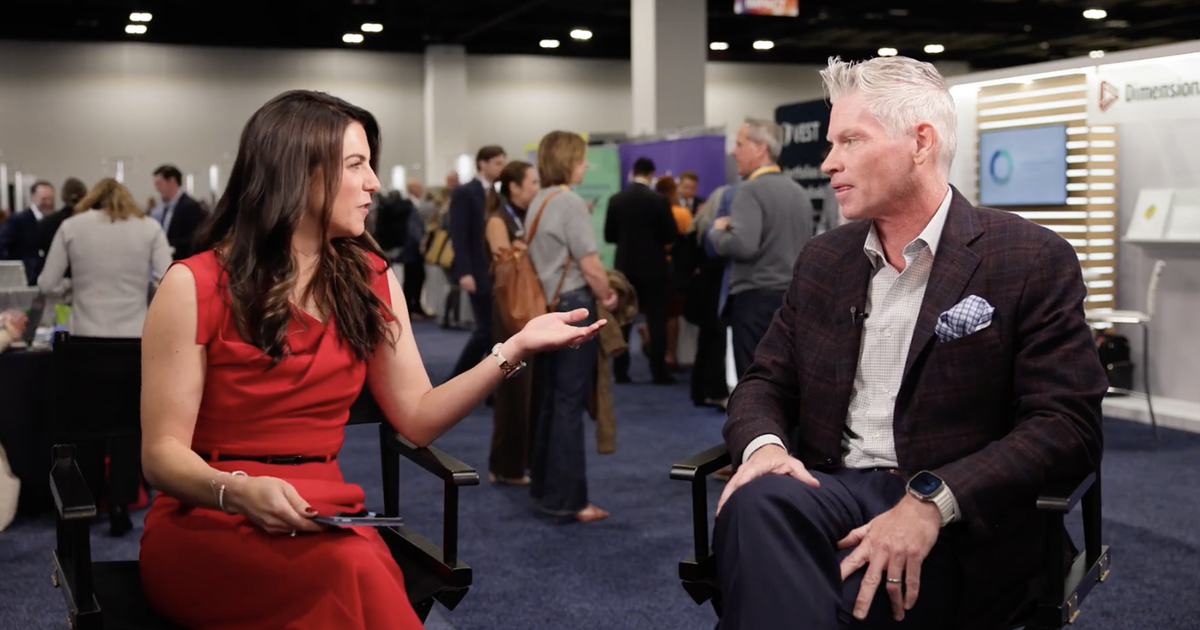How Much Should I Have Saved For Retirement (By Age)?


How much should I have saved for retirement by 25? What about 35 or 45?
It’s fairly easy to know when you’ve reached certain financial goals such as building up your emergency fund or paying off your high-interest debt. But what about your retirement savings? Exactly how MUCH you should have saved for retirement right now or at any given point in life?
It’s difficult to give an answer to this question for two main reasons.
First, everyone has different incomes. And, second, there are vastly different ideas of what retirement should entail. So how do you calculate how much should you have tucked away?
Let’s dive in!
There are different ideas on when you should retire and how much you should have saved. But I’ve decided to base the numbers listed below on the J.P. Morgan Asset Management’s Annual Guide to Retirement.
The report offers solid benchmarks for anyone planning their retirement savings. The numbers below are based on several assumptions. Here’s what the report assumes:
If you make $90,000 or less per year, the report assumes that you will have an annual savings rate of 5%. But if you earn more than $100,000 per year, it expects your annual gross savings rate going forward from today to be twice as high, at 10%.
This is an important point to make because it means that JP Morgan’s target retirement numbers for 25-year-old six-figure earners are actually lower than what they say those with five-figure salaries should have stashed away at age 25. In nearly all other cases, however, the report calls for saving a higher percentage of your income as it goes up if you’re hoping to maintain an equivalent lifestyle in retirement.
Of course, your situation may look different than the assumptions above. But these benchmarks are still a good place to start your retirement savings. Let’s break down the numbers of how much you should have saved for retirement based on your age.
At 25, you may not be thinking too much about retirement. But starting early is an important part of building a healthy financial future. Here’s how much you should have saved based on your income:
|
Checkpoint (X Current Income) |
Retirement Savings Target |
|
|---|---|---|
* I personally don’t like J.P. Morgan’s math here – especially for the higher earners. Yes, it’s probably your first job and you’ve only been earning this for a year or two, but at $100,000 in income I think you can have at least $25,000 saved by this point (because you’ve also hopefully been saving since you were 16).
As you hit your thirties, you might start thinking a little bit more about your retirement savings. Here’s what you should have saved by 35:
|
Checkpoint (X Current Income) |
Retirement Savings Target |
|
|---|---|---|
* I like these numbers a little better as I think they’re a fair accurate representation of what you should have saved for retirement by age 35.
In your mid-forties, you might start to feel the pressure building to keep your retirement savings on track. Here’s how much you’ll need to have saved:
|
Checkpoint (X Current Income) |
Retirement Savings Target |
|
|---|---|---|
By your mid-fifties, you might be ready to retire. Since you’re so close to the finish line at this point, it’s critical to stay on track:
|
Checkpoint (X Current Income) |
Retirement Savings Target |
|
|---|---|---|
Finally, you’ve reached the finish line. Once you account for social security, here’s how much you’ll need to replace your income in retirement, according to the J.P. Morgan Guide to Retirement.
|
Checkpoint (X Current Income) |
Retirement Savings Target |
|
|---|---|---|
Are you planning to spend more than your income in retirement? Want to travel more? Or plan to spend considerably less in retirement? Then you may need to rethink your retirement savings.
Consider reading How Much Money Do I Need To Retire by Todd Tresidder to solidify your unique savings plans.
You may be intrigued by the FIRE movement — Financial Independence Retire Early. Many have championed the movement as a way to leave paid work that you don’t enjoy behind earlier than your mid-sixties.
If you want to pursue FIRE, you’ll need to create a different savings plan for your retirement. The traditional savings benchmarks that you would need to hit for a standard retirement age will need to be thrown out the window in pursuit of FIRE.
Consider learning more about FIRE and the extreme savings it would require before diving into this option. You can read more about the movement with The College Investor.
Saving for retirement can seem like an overwhelming task. But breaking it down into milestones based on your age and income can make it seem more manageable.
Not sure that you are on the right path? Consider consulting with a financial advisor to work out the specifics of your savings and investment plans.
Remember, it’s never too late to open an IRA account to start your retirement savings journey. And if you’re a freelancer or small business owner, you may want consider opening a Solo 410k or self-employed IRA to access higher contribution limits.

As advisory firms race to scale, the most successful ones are doing more than just growing, they are growing sustainably. ...

GradBridge is a second-look student loan financing company that aims to bridge the gap if you’ve been denied funding from traditional...

I used to love to hitchhike, back when it was respectable, common, and seemed safe, at least to a six-foot...